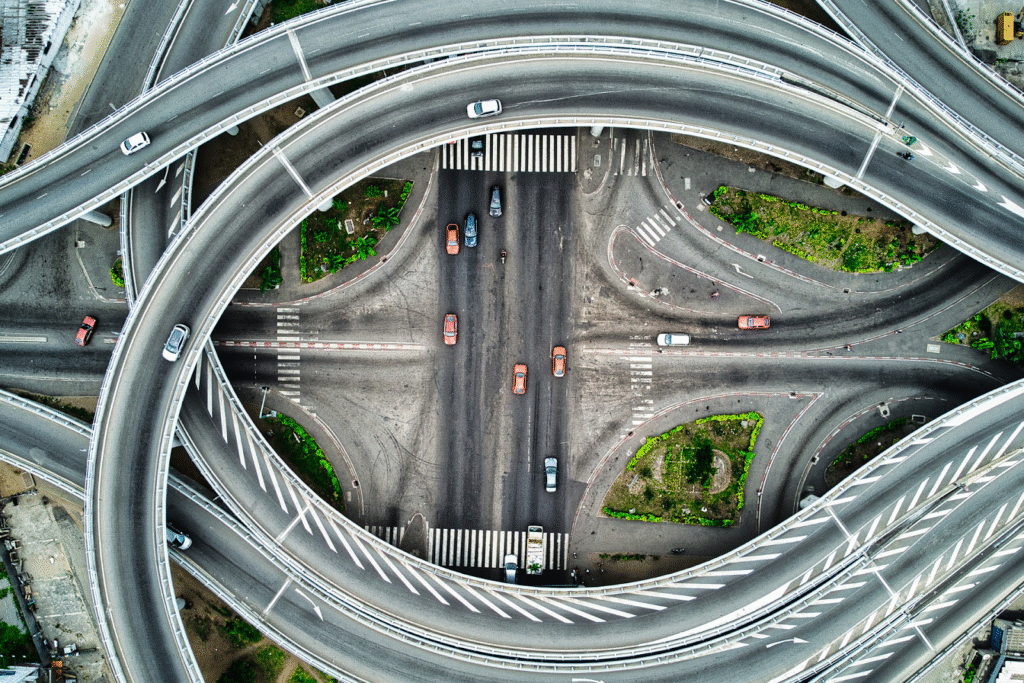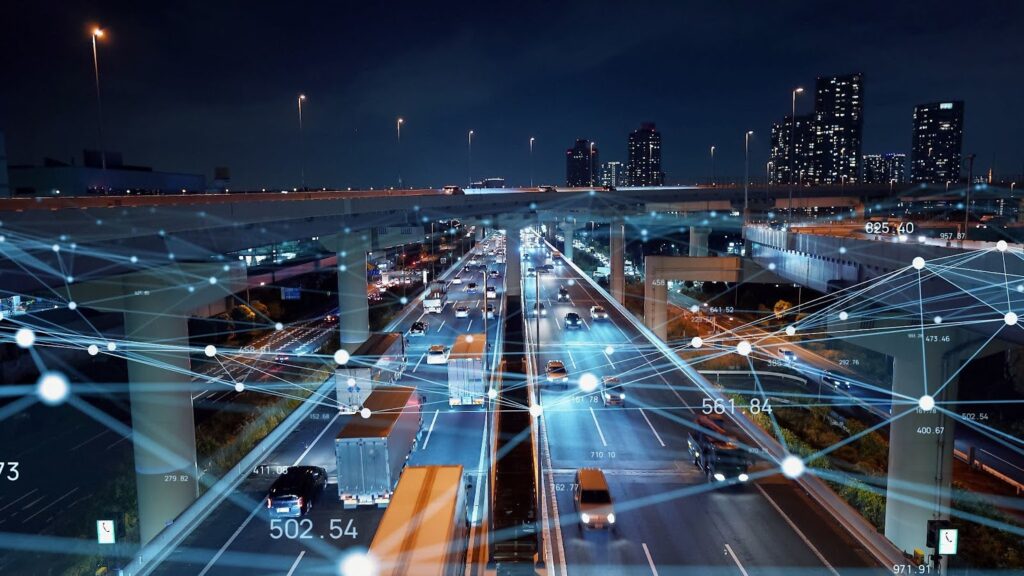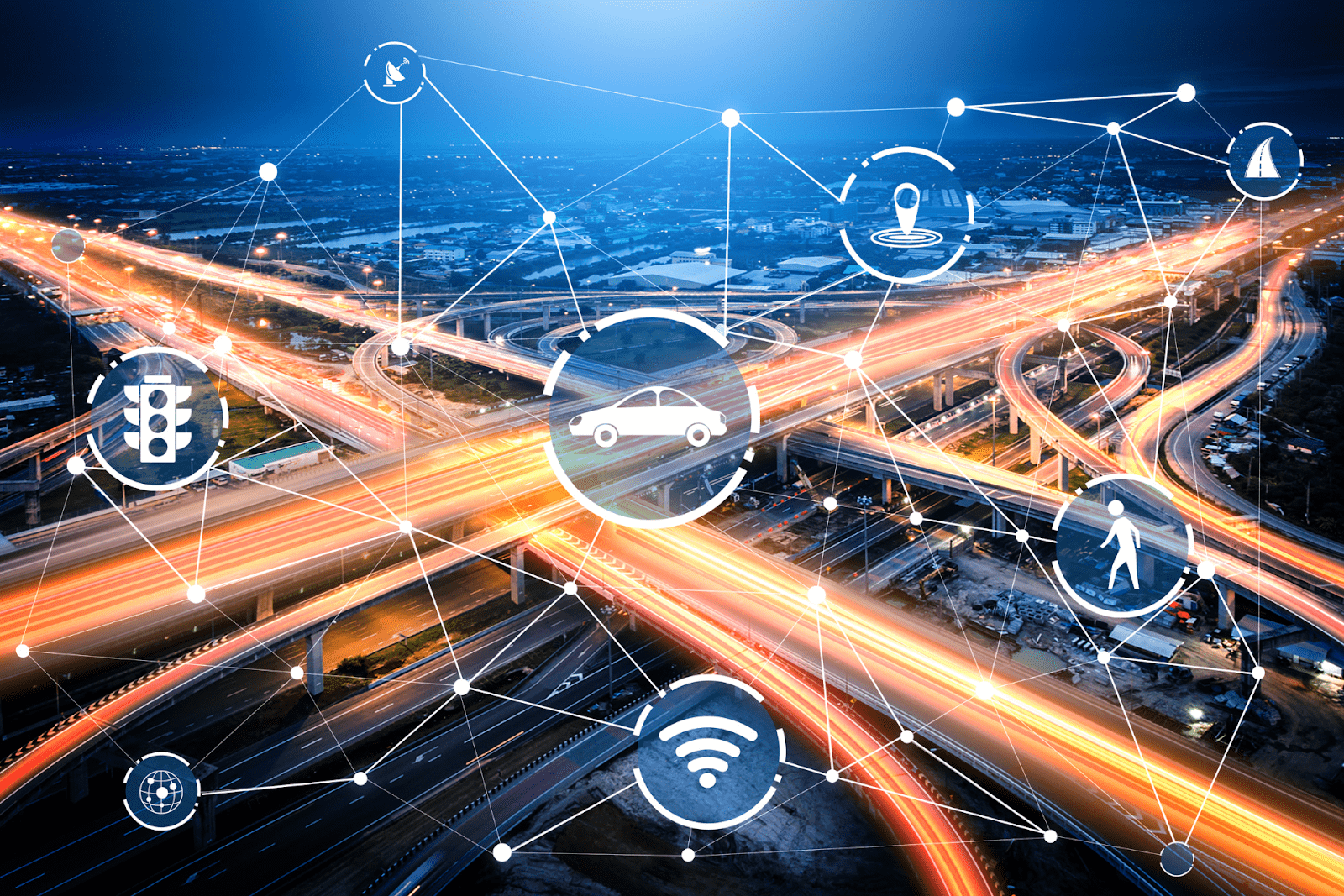Intelligent Transportation Systems revolutionize urban mobility by leveraging AI, IoT, and data analytics. These innovations improve intelligent mobility traffic flow, reduce congestion, enhance safety, and foster sustainability, making cities smarter and transportation more efficient for everyone. Explore how ITS is reshaping the future of mobility.

The Role of Intelligent Mobility Traffic Systems in Modern Cities
Urban areas are facing unprecedented challenges related to congestion, air pollution, and road safety. Intelligent traffic systems provide an integrated response, using sensors, automation, and data analytics to enhance every aspect of traffic management.
Key Benefits of ITS:
- Optimize traffic flow across intersections and corridors
- Reduce traffic congestion during peak hours
- Improve road safety for drivers, cyclists, and pedestrians
- Enable faster response by emergency services
- Enhance coordination between traffic management systems and public transit
By using intelligent transportation systems, many cities are rethinking how their roadways serve the public. These systems help move people and goods more efficiently, while also promoting safer streets and cleaner air.
How Does ITS Improve Road Safety?
Improving road safety is a top priority for ITS, which is achieved by analyzing data collected from traffic cameras, in-vehicle sensors, and connected infrastructure. With this information, ITS platforms can predict and mitigate risks before accidents occur.
Miovision’s smart traffic systems enhance safety through Continuous Safety Monitoring, which identifies high-risk intersections by tracking red-light running, near-misses, and pedestrian compliance issues. Features like pedestrian extensions improve walk signal timing to accommodate slower walkers, while emergency vehicle preemption clears paths for first responders by adjusting signals in real time. These solutions, along with adaptive signal timing, work together to reduce collisions, improve compliance, and create safer conditions for all road users.
These capabilities empower infrastructure operators and city officials to actively manage traffic regulations and reduce serious injuries caused by preventable road errors.
Can ITS Reduce Urban Traffic Congestion?
It absolutely can, and should! One of the most widely recognized benefits of ITS is its ability to reduce congestion. Through real-time monitoring of traffic conditions, ITS can adjust traffic signals to manage congestion, reroute vehicles around bottlenecks, and prioritize smart bus lanes and public transit routes.
It can even predict where congestion is likely to occur, and prevent it before gridlock sets in. The result is smoother traffic flow, reduced travel time, and lower emissions from idling vehicles.

Urban Mobility Solutions: Smarter Infrastructure for All
ITS isn’t just about cars. These systems support all road users by integrating multimodal mobility solutions that include:
- Real-time public transit tracking and prioritization
- Support for vulnerable road users like cyclists and pedestrians
- Better coordination between city planners and infrastructure providers
- Enhanced data sharing across transportation networks
As more cities embrace smart city solutions, intelligent traffic systems are becoming essential for building accessible and inclusive mobility for all.
Intelligent Technologies Powering ITS
1. Artificial Intelligence (AI)
AI helps ITS platforms make real-time decisions based on data inputs. From predicting future traffic patterns to adjusting signals, AI improves traffic efficiency and responsiveness.
2. Internet of Things (IoT)
IoT devices, like road sensors and vehicle trackers, collect critical data on vehicle speeds, road conditions, and user behavior. This data is sent to control centers to optimize operations.
3. Cloud Computing
Cloud analytics allow for storage and processing of massive datasets, helping cities scale their traffic management systems quickly.
4. V2X Communication
Vehicle-to-everything communication (V2X) connects vehicles to infrastructure, allowing faster response to hazards and coordination with other vehicles.

Why ITS Matters
Intelligent traffic systems transform the way we think about mobility and operate on our roads. As congestion continues to rise and cities expand, scalable traffic management systems will be critical in:
- Improving traffic flow efficiency/reducing congestion and road safety
- Reducing environmental impact
- Enhancing quality of life for residents
By investing in smart traffic infrastructure now, cities can prepare for a future where road users, transportation systems, and digital technologies all work in harmony.
Real-World Applications: What ITS Looks Like in Action
Cities across the globe already use ITS to manage traffic more efficiently and improve safety outcomes. In Toronto, adaptive signal control systems have been implemented to optimize traffic signal timings in high-volume corridors. This has led to reduced wait times and improved traffic flow.
In Seattle, smart bus lanes enabled by ITS prioritize transit vehicles at key intersections, which has helped reduce transit delays and emissions by improving average speeds during rush hour. Finally, in Europe, a pilot program known as C-ITS (Cooperative Intelligent Transport Systems) has shown significant promise in reducing crash risk by allowing vehicles and infrastructure to exchange real-time safety warnings.
Each of these applications highlights how ITS can be tailored to different geographies and mobility goals.
FAQs
What are Intelligent Transportation Systems (ITS)?
Intelligent Transportation Systems (ITS) use advanced technologies like AI, IoT, and data analytics to optimize urban mobility by improving traffic flow, reducing congestion, and enhancing safety.
How do Intelligent Transportation Systems reduce congestion?
ITS analyzes real-time traffic data to adjust traffic signals, reroute vehicles, and prevent bottlenecks, ensuring smoother transportation flow.
Are Intelligent Transportation Systems sustainable?
Yes, ITS promotes sustainability by reducing fuel consumption and emissions, thanks to improved traffic efficiency and fewer idle times.
What role does AI play in Intelligent Transportation Systems?
AI powers predictive analytics, traffic pattern recognition, and autonomous decision-making to optimize transportation systems and improve urban mobility.
Can Intelligent Transportation Systems improve public transportation?
Absolutely. ITS enhances public transit systems by optimizing routes, tracking vehicle locations, and providing real-time updates to passengers.
How does ITS improve road safety?
By providing real-time alerts, optimizing traffic flows, and integrating vehicle-to-infrastructure communication, ITS can reduce accidents and improve conditions for all road users.
Ready to modernize your city’s mobility? Miovision’s intelligent transportation solutions can help reduce congestion, improve road safety, and build smarter streets. Contact us today!



